Spontaneity

Without a doubt I paint a lot. I try to show up every day in my studio in front of my easel, most often in the morning. Some days, I may only paint for a couple of hours. Other days, hitting a stride, it lasts much longer. I do it in the morning because it's easiest to not get side tracked by any of the countless other projects and responsibilities.
In that process of showing up every day, I may at any moment have a dozen paintings I'm working on. Some sing, some sigh, some inhale, and others exhale.
Know Your Brushstrokes
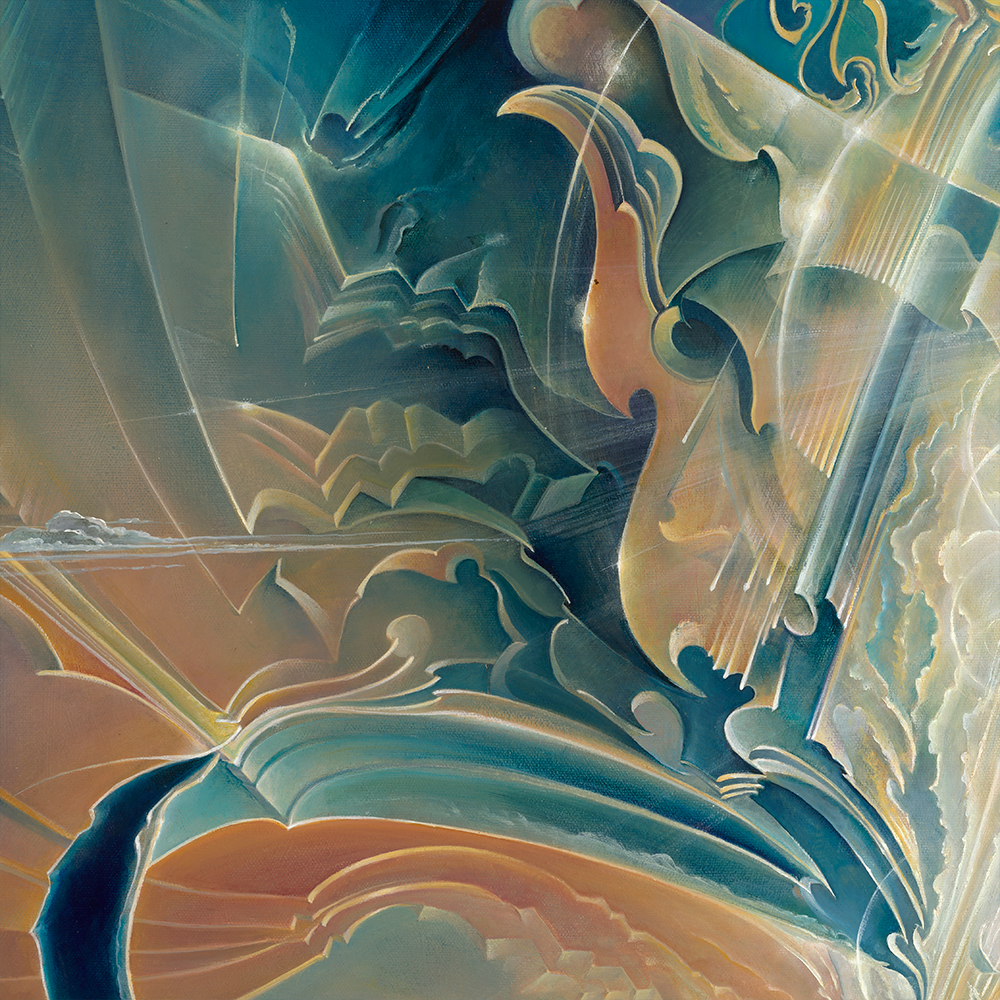
The thing is - you need to know your brushstrokes. Not the ‘meh I don’t know what I’m doing’ brushstrokes - not ‘these are just the unimportant brushstrokes til I put the important ones on top’ but EVERY brushstroke. The very first to the very last are all part of the same rhythm.
There is no underpainting. The underpainting IS the painting. The overpainting is the painting. It is all the painting. It is just the painting.
Underpainting
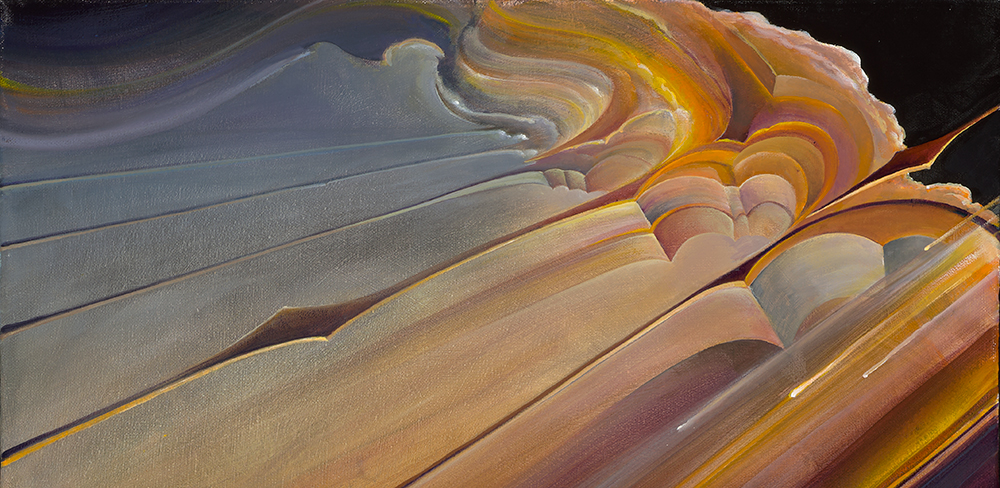
I've sort of given up on the idea of 'the underpainting.'
It does a disservice to the painting process when the beginning of the painting is simply referred to as an underpainting as if the real serious painting will start later.
Some Things I Swear By
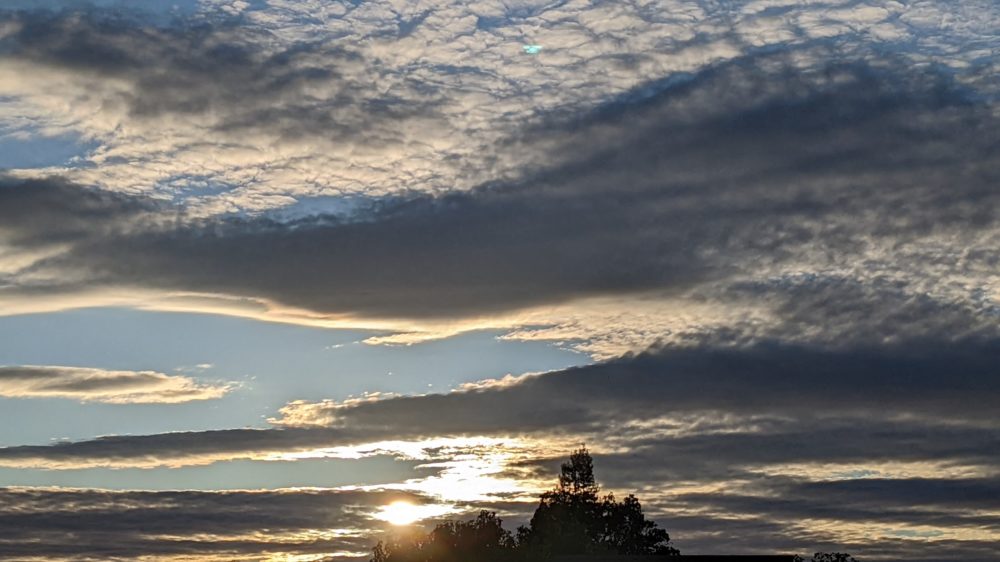
Someone wrote to me and asked:
I was wondering if you're using any mediums to get that look and are there any techniques that you swear by?
What I Learn From Painting

When it's night time painting I usually just can't paint any more after 2am and five or six hours and my hand is cramped and my back aches and my eyes are starting to blur. My brushstrokes start to lose their precision. The good thing is that means I've covered a lot of ground. Painting is about 'the process' as much as 'the product'. Sometimes, it's just a lot of blanks to fill in. Sometimes it's the miraculous edge of everything. It's a story being written in real time and I'm following a line that leads to an inevitable conclusion. There are nuances to be explored, and colors and lines to be enunciated but the gist of the piece - this piece that I'm working on right now anyhow - was decided long ago. I am merely completing the vision.
While I paint, my mind wanders through the many worlds of my life and my heart travels through multitudinous emotions the way one might try on different outfits. There are the pure zen moments of one thought no thought. Or elated loving moments where my heart is glowing and it just feels so... good. While everything passes, I so appreciate those moments. It never hurts to simply center one's sense of consciousness in the center of one's chest instead of in the center of the head, where we tend to look out at the world from.
The Song We Play
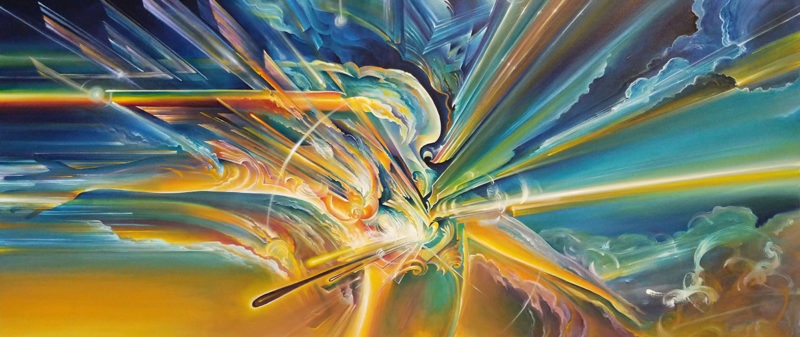
I was listening earlier to Pink Floyd’s Ummagumma. What a weird collaboration of soundscapes and mental landscapes it is and yet, it was through this experimentation and willingness to go “out there” (and, incidentally, “in there”) that led them to great albums like Dark Side of the Moon and Wish You Were Here. The willingness to walk the creative edge and push our boundaries can lead us to find new voices and ideas. In this world of the reinvented, the borrowed, the done time and again, it is that newness that stands the test of time.
The other day, I found a collection of music called Psychedelic Archaeology vols. 1-10. I was interested to see what I’d been missing in my collection. This montage of Psychedelic rock from the 60’s didn’t purport to have any Beatles, Pink Floyd, or Jimi Hendrix. Instead, much of it “sounded like…” or “seemed to borrow from…” and felt to be missing that authentic and true voice that made those previously mentioned bands and musicians unique.
Feeling Moods
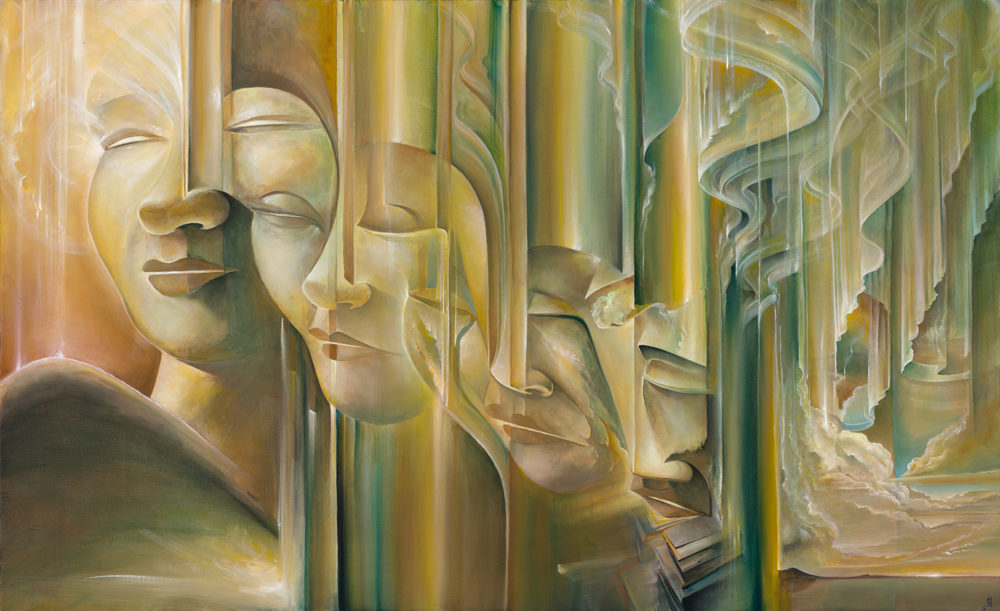
Feeling a mood, a beat of a heart, a tap of a foot. Feeling a touching the sky, a holding the keys or a glinting of an eye. Feelings: they come and they go. Arising... falling... A painting captures a moment, never stationary, never static. Example: Each painting of the Evolution triptych is one part of a path but neither is ending or beginning or middle. The glouriousness of Illumination (III) is only labeled as III because that is the natural progression, but the display of the images is what break them out of that progression.
As an artist, when I take on this feat of creating "art", whatever that may be, I am, one way or another, illustrating a mood, a feeling, a moment in time that will pass and, quite often while in the midst of creation, has passed already. I may feel it in moments. Perhaps if the piece took only a few moments: was a great splash of paint on the canvas, was merely a conflagration of color or shape that took an hour, that mood can be held but what I awas working towards isn't "holding" a mood at all. Moods are fickle and, like the wind or the river, are never the same mood twice. So, to catch a wind and hold it, shape it, pause with it, understand it, listen to it, is a feat of patience and care. It is a mastery of diligence.
The Art of Discovery
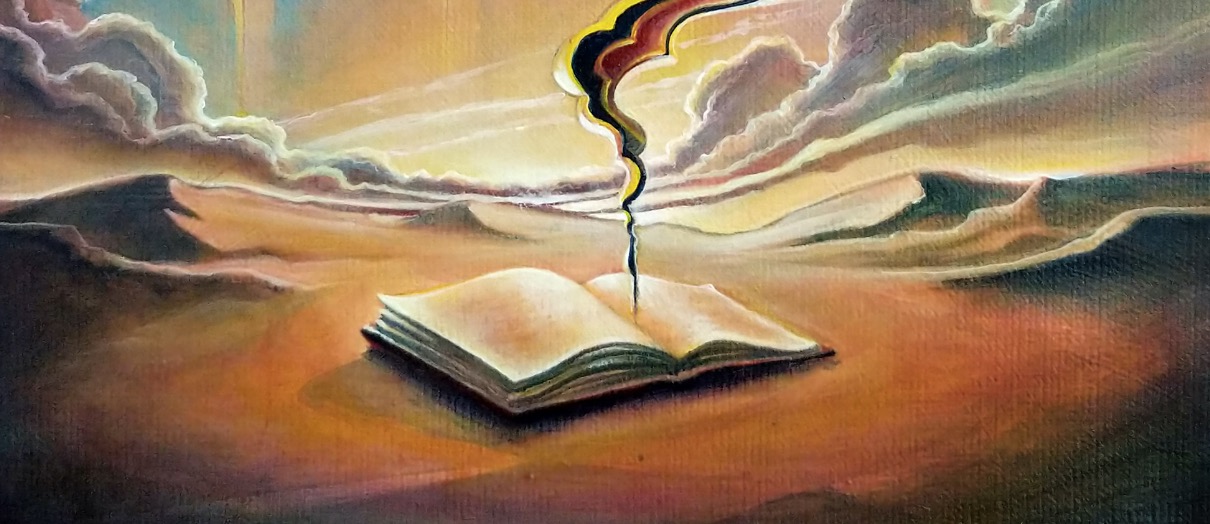
I started cataloging our art books today. Very exciting, I know. We have quite a library of books all together - between the art book collection, the dozens of philosophy books and the many volumes in between it spans more than a few centuries of knowledge and inspiration. What boggles my mind, when I look at the couple hundred books of paintings and drawings, is the lifetimes they represent. Hours, days, weeks, years of the lives of men and women who dedicated themselves to the creative urge. And each book - each artist - is a facet of a jewel that allows the light of inspiration to pass through it in a particular manner creating shapes, motifs, themes and designs, entire stories, entire lifetimes.
The books on the shelves are organized into several sections. One shelf holds the rather modern day visionary artist types - Robert Venosa, Mati Klarwein, Alex Grey, Gil Bruvel, etc - then a shelf of illustrators - Arthur Rackham, Kay Nielsen, Harry Clarke, Dr. Seuss, and more - then art history - historical movements like Art Nouveau, Surrealism, etc - and then, of course, many shelves of just artists - Vincent Van Gogh, Max Ernst, Michelangelo, Salvador Dali, Frantisek Kupka, Hieronymus Bosch, Gustav Klimt, and more more more.
The Process (Which is as Important as the Goal)
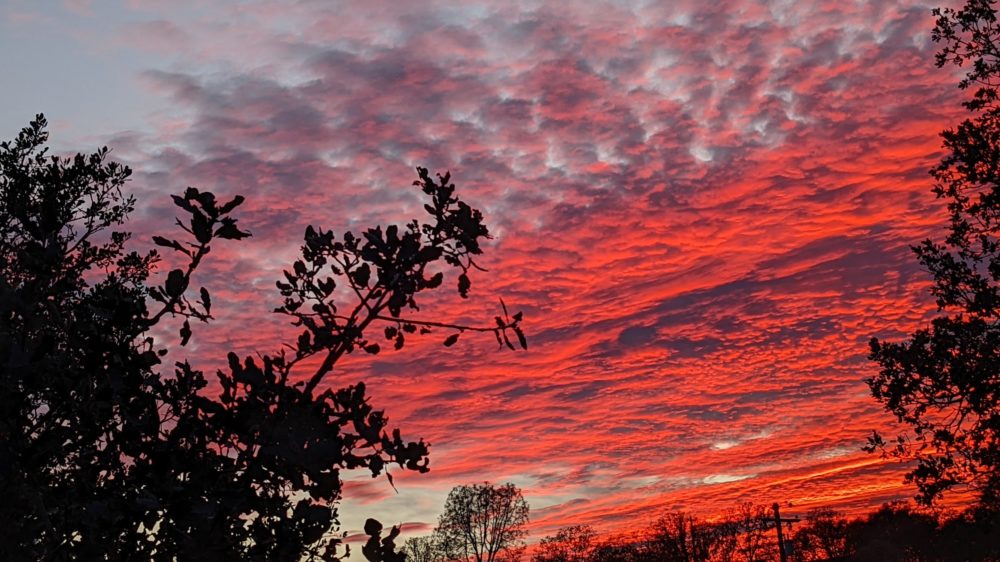
I used to just dive into a painting. I'm talking about bigger paintings. I'd have a few sketches and ideas but I'd just start laying on the paint and hope for the best. I'd always reconsider things too late in the game and think that I should have had a more solid plan. As time passed, I started making more and more complex drawings beforehand, preceding the painting with loads of conceptual work. Then I gave more and more thought to how the colors would interact and what the best way to approach it would be - do I put a background on first or start with pure white canvas and just lay the colors down or do I do a monotone painting on the white canvas and then proceed to glazing?
There's so many different techniques and approaches to creating a painting but, ultimately, what is important is the final outcome and the feeling you want to evoke. The texture and grain of the canvas are as important as the colors. The background is going to set the whole mood. And if you decide to go with gradual glazings then you have a whole other set of variables to consider.
Titles of Paintings Are Like Poems
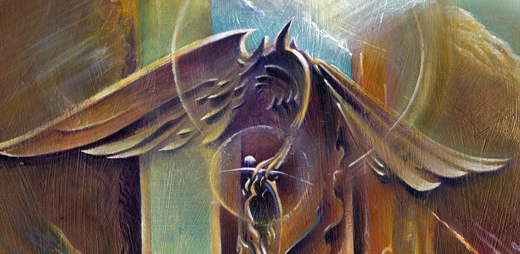
Most often, the title is the only chance the artist has to share any words with the viewer in regards to the painting. The title is like a signpost, suggesting a direction for the viewer to head in. It is a collection of words (or perhaps just a singular word) there to evoke a feeling and nudge the viewer in the direction of the artist's intention.
I like it when a title sings. To me, a good title has rhythm and cadence, even if it is just one word, capturing the mood and embodying the painting. A ten word title is ok and, sometimes, that's what is necessary. A twenty word title will beleaguer itself with its own verbosity. We are, after all, in the business of looking at art and not reading books. Our titles should be like short poems, not sonnets. The painting is the sonnet. It is the epic. The title is the final moment and is there to offer the viewer guidance.